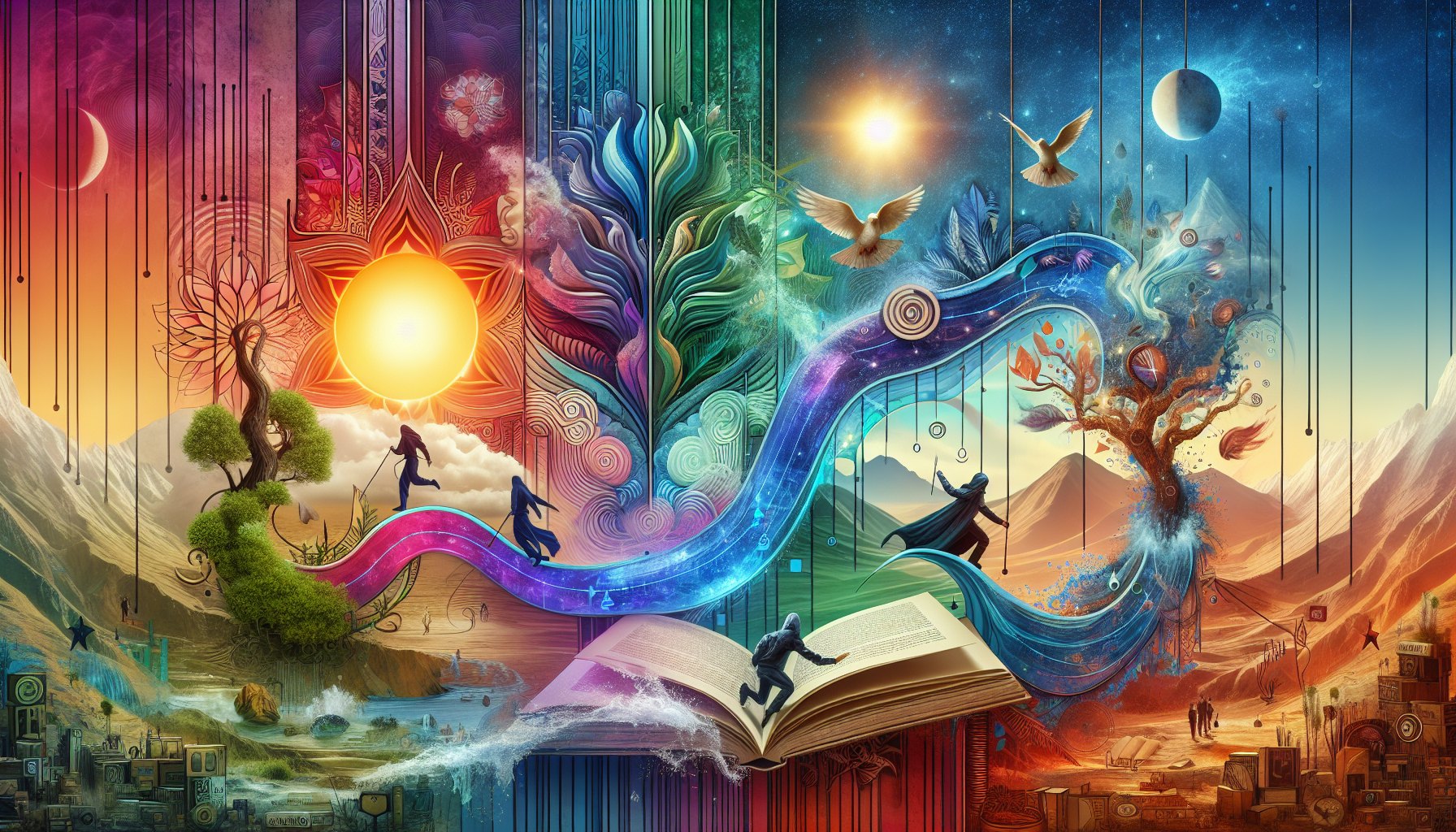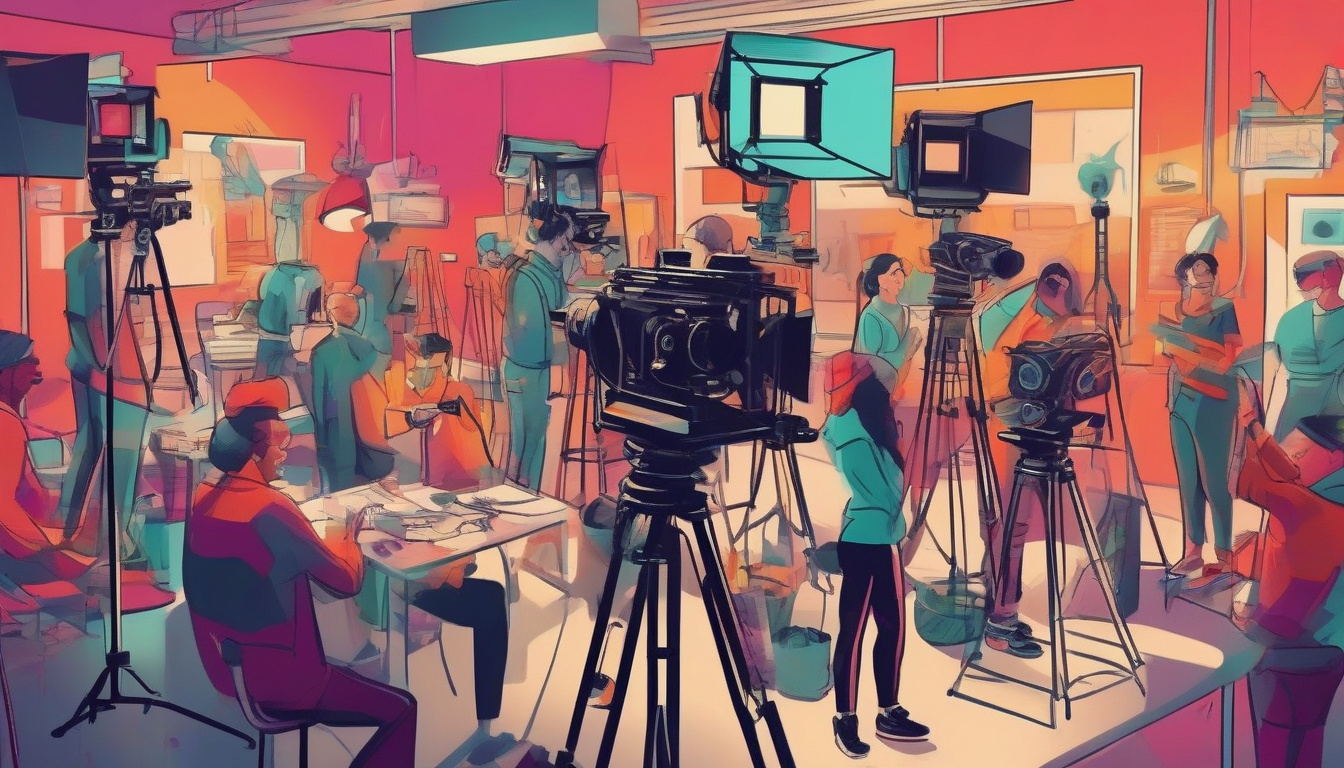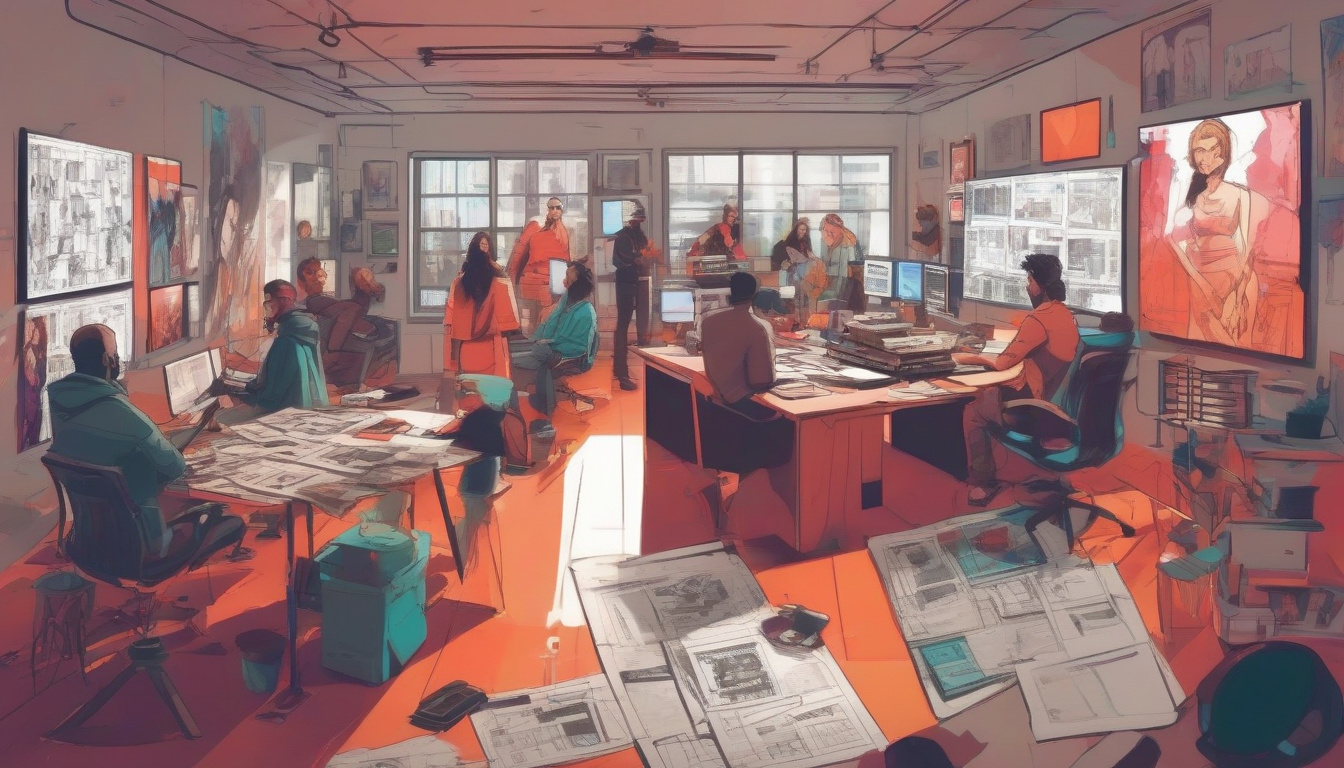
Character Arcs: The Secret Sauce in Your Story Stew
Oh, the character arc! It’s that magical transformation or journey your beloved character embarks on, ultimately morphing from a flat sketch of human traits into a breathing, complex being whose very existence keeps readers turning pages till the wee hours. Boring characters make for boring books, and who needs more boredom in their life? Not us, bookworms!
What Even Is a Character Arc?
In simplest terms, a character arc is the journey of transformation or inner change a character undergoes over the course of a story. It’s what happens when a character gets tossed into the turbulent tides of plot and has to swim against waves of conflict, emerging on the shore of the final pages either stronger, wiser, or maybe a bit battered. Think of it as character evolution, or, for drama’s sake, character revolution!
1. The Good Ol’ Growth Arc
Growth arcs are like watching someone go from zero to hero, from underdog to top dog, from rookie to Rocky Balboa. This is where characters start with a flaw—perhaps they’re as cowardly as a mouse in a cat convention—and over time, through trials and tribulations, they overcome this flaw, eventually embodying courage itself. It’s satisfying, it’s inspiring, it’s the stuff of standing ovations!
2. The Jaw-Dropping Transformation Arc
Here, hold onto your hat, because things are about to get wild. Transformation arcs can be like watching a caterpillar become a butterfly, or in some deliciously dark stories, watching a butterfly morph back into a caterpillar with fangs. These arcs involve profound changes that alter the character at a fundamental level, often flipping their morals, loyalties, or entire worldview. Got a hero who turns villain, or a cynic who turns romantic? That’s your transformation arc, served with a side of gasps.
3. The Tragic Descent
Not every arc climbs upward towards the light. Some take a thrilling dive into the shadows. Tragic arcs are where characters might start off well, but due to a fatal flaw (hello, hubris!), poor decisions, or external pressures, they spiral down into a darker version of themselves. These arcs aren’t about moral victories, but rather the mesmerizing spectacle of human imperfection and failure. It’s like rubbernecking at a car crash—terrible, but you can’t look away.
4. The Steady-as-She-Goes Arc
What if a character doesn’t change much at all? Enter the steady arc. Here, the character remains fundamentally the same but deepens our understanding of them. Their core is solid, yet through their experiences, we peel layer upon fascinating layer, revealing their complexities, vulnerabilities, and the reasons behind their steadfastness. They’re the rock in a storm, the anchor in the plot-sea, showing us that sometimes, the coolest thing to be is unapologetically yourself.
Why Do These Arcs Even Matter?
Think of character arcs as the heart of your story. Without this heart, your tale risks becoming a lifeless shell. Characters without arcs are like robots—mechanically moving through motions without growth, depth, or change. Yawn. Characters with well-defined arcs keep readers glued, crying over their failures, cheering for their successes, and maybe, just maybe, learning something about themselves in the process.
Plus, let’s be honest, we all love a good transformation, whether it’s watching someone scrap their way up from nothing or tumble from grace. It’s compelling, it’s human, and it’s horribly addictive.
Mastering the Art of Character Arcs
Crafting compelling character arcs isn’t just about deciding if your character ends up a hero or a zero. It’s about carefully constructing experiences that challenge them, shape them, or break them. The best arcs are those that feel inevitable in hindsight, yet surprising as they unfold. Like a good magic trick, the audience shouldn’t see your sleight of hand until the reveal. Engage them with authenticity, hit them with real stakes, and maybe—just maybe—they’ll be talking about your characters long after the book slams shut.
In the end, whether your characters rise gloriously or fall disastrously, they should always evoke emotions, provoke thoughts, or at the very least, entertain. Because, darling reader, without a pulse, what’s a story but a string of words? And who wants to read that? Not I!






